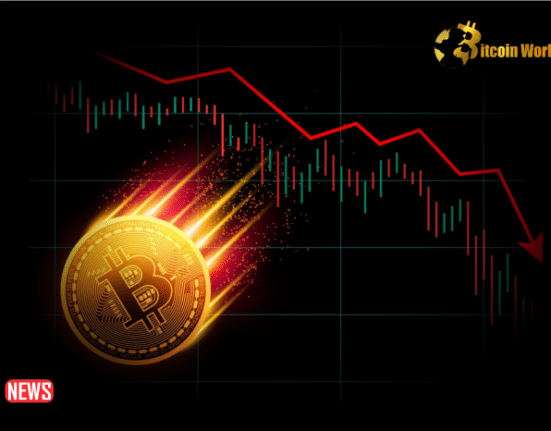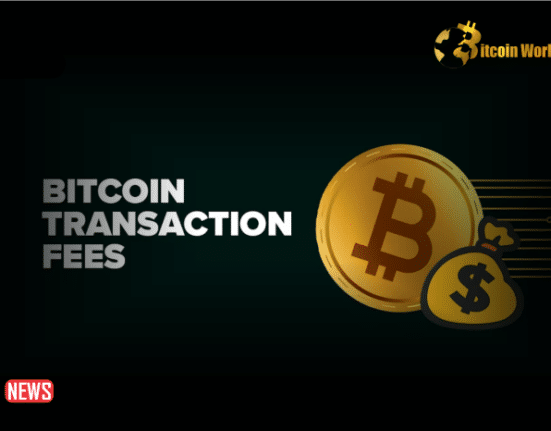Anticipating Bull Runs and Mining Challenges
As the Bitcoin network celebrated its 800,000th block milestone in July 2023, the countdown to the next BTC halving event has begun, slated for April 26, 2024. This significant occasion highlights a pivotal moment in the blockchain’s journey and underscores the need for miners to adapt to the impending changes.
Like major Ethereum hard forks, Bitcoin halving events are prominent in the cryptocurrency industry. These events, occurring approximately every four years, act as catalysts for potential bull runs and can significantly impact the mining landscape.
The upcoming halving will reduce block rewards from the current 6.25 BTC to 3.13 BTC, cutting the new coin supply by 50%. Historical data suggests a strong possibility of a substantial bull run around late 2024 to early 2025, driven by reduced inflation and increased demand dynamics.
After the previous halving, Bitcoin’s price surged from $8,970 in May 2020 to $56,670 in May 2021, yielding an impressive 533% return on investment. Given decreased inflation and heightened demand, experts anticipate the upcoming halving could propel Bitcoin’s price toward the psychologically significant $100,000 mark by 2025.
Navigating Reduced Rewards and Potential Solutions
The impact of halving events on miners’ strategies is multifaceted, requiring adaptation to a new reward landscape. With each halving, miners must contend with reduced rewards, necessitating adjustments to remain profitable. The competition for block rewards, driven by Bitcoin’s 10-minute block time, incentivizes miners to prioritize energy and hardware efficiency.
As rewards are cut in half, miners must adopt cost-efficient strategies to maintain profitability. Electricity costs emerge as a critical factor, with even a slight change in cost per kWh significantly impacting production expenses. Negotiating favorable electricity contracts and relocating to lower-priced regions become vital strategies to sustain post-halving profitability.
Miners should also prioritize upgrading equipment for improved power efficiency. Upgrading from less efficient rigs can substantially reduce daily hash costs. Those miners achieving the right balance of low electricity costs and high efficiency are poised to remain profitable amidst evolving dynamics.
To mitigate the impact of reduced rewards, miners can explore strategies such as accumulating excess capital in mined BTC during prosperous periods. This reserve can then be utilized post-halving to offset losses through strategic selling during price rallies.
Amidst these challenges, alternative solutions may arise to complement miners’ income sources. Transaction processing fees could play a more significant role than block rewards, as seen in the case of Ordinals—a protocol facilitating the minting of NFT-like assets directly onto the Bitcoin blockchain. The emergence of such innovative solutions suggests a promising avenue for miners to adapt and thrive in the post-halving environment.
In conclusion, miners face the dual challenge of navigating reduced rewards and evolving dynamics as Bitcoin approaches its next halving event. Electricity cost optimization strategies, equipment efficiency, and reserve capital management are crucial for profitability. While challenges persist, the cryptocurrency ecosystem’s resilience and capacity for innovation offer a beacon of hope for miners to embrace and overcome the changing landscape.















